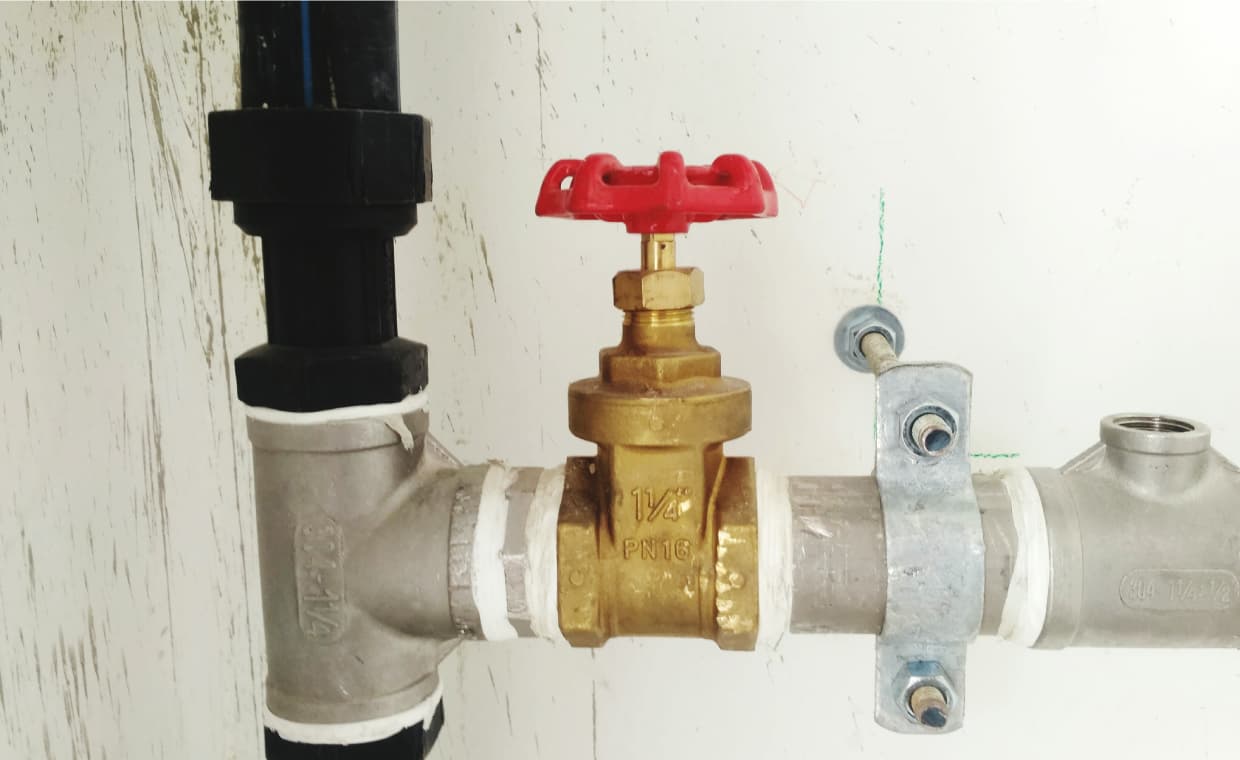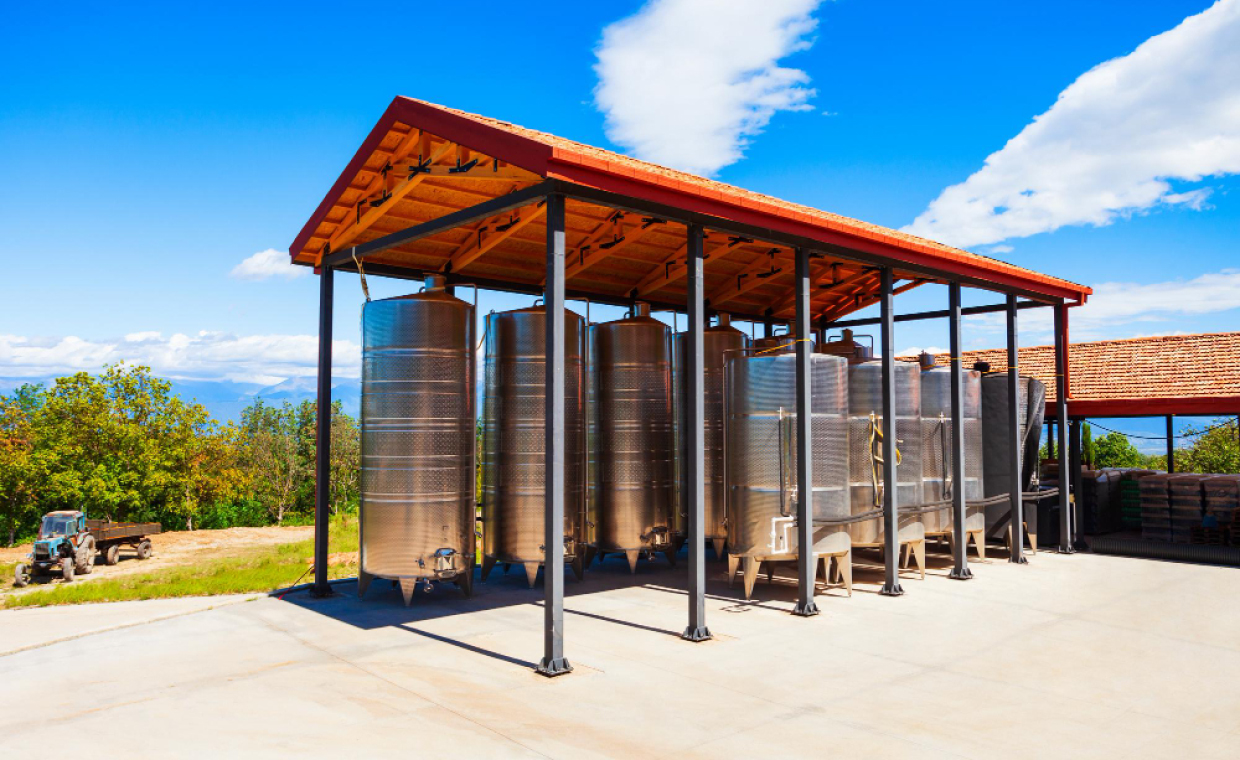
Housing simple plumbing closures, including essentials of main water shut-off valves, are among the basic structural requirements since these determine the functionality of water systems in homes. Of these, the check valve is particularly significant because of its specific function of backflow prevention, the elimination of contamination, and the management of water pressure. These valves enable the flow of water in one direction only: an important function since back-flow circumstances cause pollution of water sources and destruction of plumbing facilities.
One has to depend on the check valves and this can only be possible if the check valves are so reliable this is especially considering situations where pressure control of water is in question or when there is water scarcity. These close when the flow is reversed – a safety aspect – that means water only flows where it should. This functionality provides a way of improving the safety and cleanliness of water on the other hand promotes the effectiveness of the plumbing systems.
One thing that the users need to understand is that proper installation, as well as maintenance of the check valves, are very essential for their correct functioning. It is safe to print that frequent checks on pipes and fittings as well as timely replacement of the worn out reduce the risks of failure and hence protection from more instances of backflow. Both the homeowners and the plumbers acknowledge the fact that these devices are rather important in the question of ensuring water supply network stability.
The use of check valves in residential plumbing systems themselves makes it clear why they are necessary for maintaining the water as well as the performance of the system. The ability to prevent backflow also enables homes to possess clean and uncontaminated water all the time. Therefore, it is crucial to know the context and each person who owns a house and wants to have high-quality services provided by the plumbing system must pay proper attention to the functions of these valves.
Overview of Gate Valve Types and Their Role in Water Supply Systems

Depending on their design and position help in the plumbing network, gate valves are crucial elements in water supply systems. It is, therefore, vital to comprehend these types to attain efficient water flow control and system management.
Types and Functions
- Rising Stem Gate Valve: This one includes a stem that goes up and down with the gate to give line indications of the position of the valve. Semi-lunar with stop valve is most commonly found in the main water lines where full flow control is required, e.g., shut off point.
- Non-Rising Stem Gate Valve: This valve is the opposite of the rising stem valve and in this valve, while the gate is sliding up and down, the stem is fixed. It is commonly used where space is severely restricted and may be located in an underground environment or valve boxes.
- Wedge Gate Valve: The specified wedge gate valve has a wedge-shaped gate that is forced into the valve seats to ensure the valve has a positive shut-off against the water pressure. These are typically preferred for applications where rapid shutoff is needed as in higher pressure applications.
Location in Water Supply Systems
A gate valve is used in the pipeline where the direction of the flow has to be managed and where the water supply has to be regulated. They are typically found at key points such as:
- Main Water Lines: They include the main gates through which the whole supply of water can be controlled in buildings or residences.
- Branch Lines: These are used to create the necessary divisions in the plumbing system so that only that part can be closed for some service without necessarily having to close the supply to the whole building.
- Emergency Shut-Off Points: Interestingly, gate valves are very important where it is necessary to shut off the flow of water or any fluid in the event of an emergency.
Role of Check Valves
Besides the gate valves, check valves are also useful to ensure that there is no reverse flow of water or any liquid in general. While gate valves are used for manual control of the flow of fluids, check valves function automatically, to prevent reverse flow. Installed at appropriate parts of pipe networks, check valves reverse the flow of water hence preventing water from wells or other inexistent sources from mixing with drinking water and also maintaining a steady positive pressure.
Advantages and Disadvantages of Various Types of Valves: Analysis of Reliability cooperates with Analysis of Durability

Control of the flow of fluids is a factor with the use of valves in cases of plumbing and industrial applications. Relative to the kind of valve applied, each has a unique feature in as far as the reliability and durability of the valve are concerned.
Ball Valves
Advantages: Ball valves are considered very reliable and it is easy to operate the valves. They afford a good sealing surface irrespective of the time that passes without usage and hence are suitable for use in situations that may rarely call for frequent usage. Its structure at the same time also prevents leakage because they are quite simple in design.
Disadvantages: Though they are quite sturdy ball valves will fail should mud or dirt settle on the sealing face of the ball. Unfortunately, they are not suitable for use in applications where there is a need to regulate the flow of the liquid because their operation is mainly on/off.
Gate Valves
Advantages: For their part, gate valves are appreciated for their characteristics of having a large port when they are wide open hence a low pressure gradient. They are resistant and can cope with high pressure and temperature thus being relevant for mostly industrial uses.
Disadvantages: The problem that can be found on gate valves is that they can corrode, and when this happens, leaks can form, given that the valve has not been properly checked and maintained. Their operation may also be comparatively slower than other valve types because it requires multiple turns to fully open and close.
Butterfly Valves
Advantages: Butterfly valves are also easy to use, achieving a high speed of functioning as compared to gate or ball valves and occupying less area. They offer very good flow control characteristics, and because of their size and mass, they are ideal for use in large systems. Consulting a reputable butterfly valve manufacturer can help you find valves that meet your specific system needs.
Disadvantages: Rubber sealing used in butterfly valves can degrade with time and as a result, develop leaks. They are not advised for usage in high-stress conditions where a precise sealing capability is necessary.
Check Valves
Advantages: Non-return valves also known as check valves serve the purpose of stopping the backflow, thus allowing fluids to flow in one direction only. These do not need to be operated by hand and perform very well in preserving the integrity of the system particularly those that undergo drastic changes in pressure.
Disadvantages: Depending on the position of the debris, it is possible to have a stuck check valve opening and not closing or closing and not opening. It may also lead to flow capacity reduction as compared to other types of valves.
A One-Stop Solution for Valve Repair and Replacement

Information and Products
From the website of Valve Elephant, one can learn copious amounts of general and specific knowledge on different types of valves, how they work, and under which circumstances they should be used. This entails offering more elaborate advice on the proper choice of valves for use in precise operations and use with guaranteed sturdiness in use. In addition, they provide widespread classified valve products as well as extensive services for standard parts and customized solutions for industries.
Expert Opinion and Support
Another factor is the focus on the client’s expert advice and assistance. Their group includes highly skilled employees with extensive experience in valve technologies and uses. They present their views on how maintenance is done, problem-solving procedures, and the newer developments in valves. This guarantees that organizations’ clients get full support all along the product cycle of the valves right from installation to service.
Stressing the Significance of Proper Main Valve Choice and Proper Main Valve Installation at the Home’s Entry Point

Hiring a professional for the selection and proper installation of the first level of valves just inside the entrance of the house will go a long way in ensuring that the water supply of the house is satisfactory. Fundamental to this effort is knowledge and application of check valve types, a primary component in protecting the water supply and piping system.
The Importance of Check Valve Types

Backflow prevention is essential in any system and it is for this reason that check valves ought to form an essential component of any system since backflow affects the purity of water and the functionality of the system in most cases. Therefore, a check valve enables the control of water flow in one direction only thus preventing contamination from non-portable sources, and also maintains the necessary pressure within the plumbing system. To avoid time-consuming and expensive repair bills the important elements of the system should be installed at critical locations.
Seeking Professional Guidance

To any homeowner as well as the plumbing experts, it is always wise to seek advice from companies. In addition to the various kinds of valve products. A panel of experienced experts assists users in deciding on the most suitable check valves along with other requisite valves depending on the nature of the application and usage.
Conclusion
In conclusion, the proper selection, installation and essentials of main water shut-off valves, including the critical consideration of check valve types, are paramount for the efficient functioning of residential water supply systems. By implementing the right valves and adhering to best practices, homeowners can safeguard water quality, mitigate operational risks, and prolong the lifespan of their plumbing infrastructure.
Also Read: 11 Types of Water Shut-off Valves You Should Know About






























